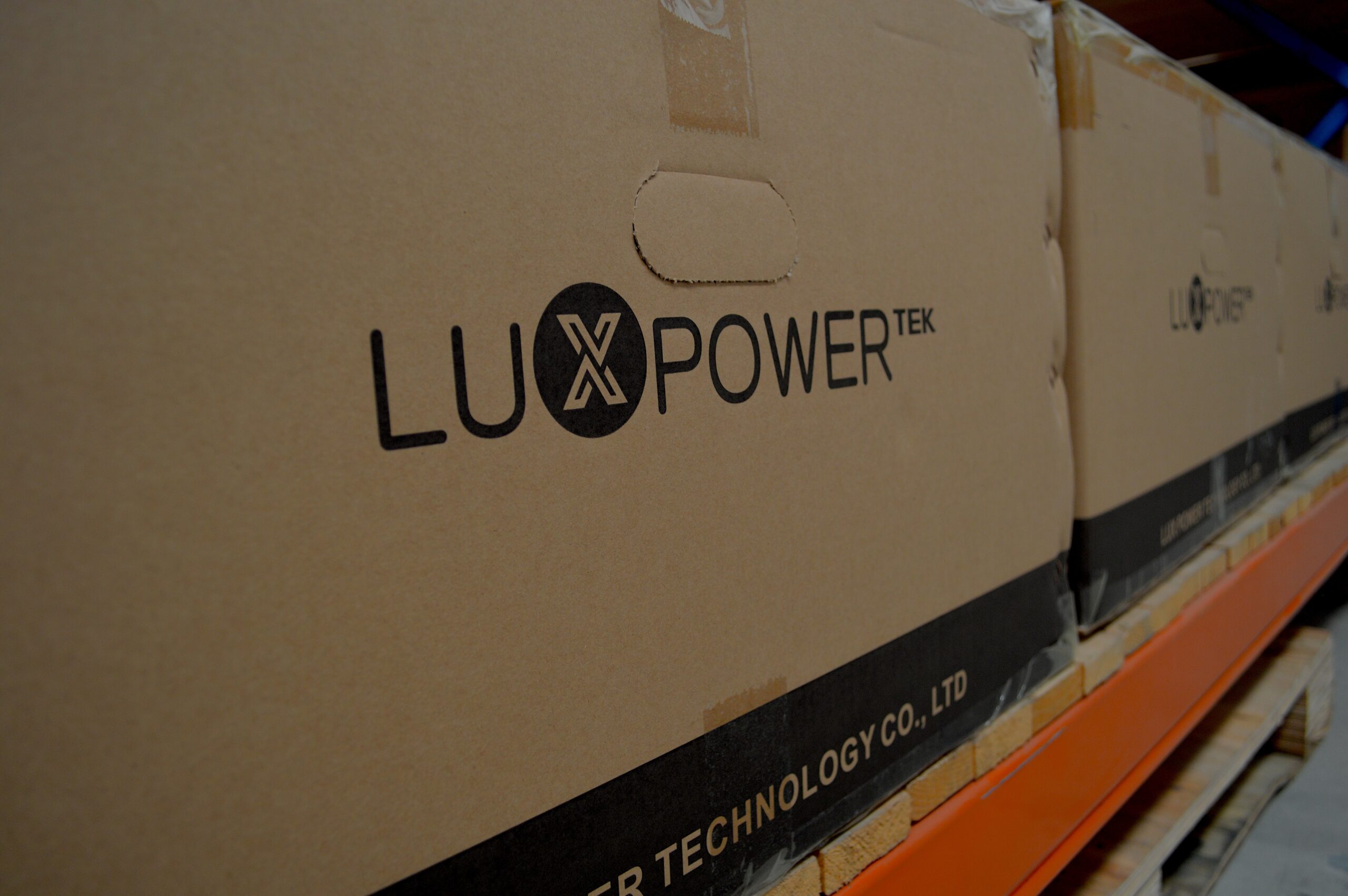Differences Between String Inverters and Microinverters
When it comes to solar energy, choosing the right inverter is crucial for maximizing your energy savings. Two popular types stand out: string inverters and microinverters. Understanding the differences between these two can help you make an informed choice for your solar system. Let’s break it down!
What Are String Inverters?
String inverters are the traditional choice for many residential solar installations. In this setup, multiple solar panels are connected in series, forming a “string.” A single inverter converts the combined electricity produced by all the panels into usable power for your home.
One significant advantage of string inverters is their cost-effectiveness. They typically have lower upfront costs compared to microinverters, making them popular among budget-conscious homeowners. LuxpowerTek offers reliable string inverter solutions known for their efficiency and durability.
However, a downside of string inverters is their susceptibility to shading. If one panel in the string is shaded or underperforming, it can reduce the entire system’s output. This “single point of failure” means the performance of the entire string relies on the least efficient panel. If your roof experiences varying sunlight due to obstructions, this can impact your energy savings.
What Are Microinverters?
Microinverters take a different approach by connecting to each solar panel individually. Instead of one central inverter for the entire system, each panel has its own microinverter. This setup allows for independent operation, meaning each panel converts its DC electricity to AC electricity right at the source.
The primary benefit of microinverters is their ability to maximize energy production. If one panel experiences shading, the others continue to function optimally. This independence can lead to higher overall energy savings, especially in shaded conditions. LuxpowerTek also provides microinverter options to ensure you get the best performance from your solar panels.
Another significant advantage is their monitoring capabilities. Many systems offer real-time data for each panel, allowing you to track performance easily. If one panel isn’t generating enough power, you can identify and address the issue promptly, maintaining optimal energy production throughout the life of your system.
Comparing Efficiency and Cost
When deciding between string inverters and microinverters, efficiency and cost are critical factors. Microinverters generally offer higher efficiency, particularly in shaded conditions. If your home experiences frequent shading, investing in microinverters might lead to better overall performance.
On the other hand, string inverters are often more budget-friendly, making them attractive for homeowners with straightforward roof layouts. If your solar panels receive consistent sunlight and there are no shading issues, string inverters could be a suitable choice.
It’s essential to remember that while microinverters have a higher upfront cost, they can yield greater savings over time due to their efficiency. Consult with a solar energy professional to assess your unique situation and recommend the best inverter type for your needs.
Choosing Between Central and Hybrid Inverters

Choosing the right inverter for your solar energy system is a key decision that significantly impacts your energy savings. Two popular options are central inverters and hybrid inverters. Understanding the differences between these types can help you make an informed choice that suits your energy needs.
What Are Central Inverters?
Central inverters are large devices typically used in commercial and utility-scale solar installations. They connect to multiple solar panels, converting the DC electricity generated by the panels into AC electricity for use in your home or business.
One of the main advantages of central inverters is their efficiency. They often come with advanced technology that optimizes energy production. If you have a large solar installation with many panels, central inverters can effectively manage power conversion, ensuring you get the most out of your solar energy.
However, a downside is that if one panel experiences issues or shading, it can affect the entire system’s performance. This “single point of failure” can lead to reduced energy output, impacting overall savings. Additionally, central inverters may require more maintenance and monitoring, as they are complex systems.
What Are Hybrid Inverters?
Hybrid inverters combine the functionalities of traditional string inverters with battery storage capabilities. They allow you to use solar energy directly while also storing excess energy for later use. This means you can power your home during the day and draw from the battery when the sun isn’t shining.
The biggest benefit of hybrid inverters is their versatility. They can adapt to your energy needs, allowing you to maximize solar energy usage. LuxpowerTek offers hybrid options designed to efficiently manage both solar energy and battery storage, leading to significant energy savings.
Another advantage is that hybrid inverters provide more control over energy consumption. You can prioritize using solar energy or battery storage depending on your needs, helping lower reliance on grid power.
Key Factors to Consider
When deciding between central and hybrid inverters, consider the size of your solar installation. If you have a large commercial system, central inverters might be more suitable due to their capacity. However, for residential systems with battery storage, hybrid inverters may be the better choice.
Evaluate your energy needs, too. If you frequently experience power outages or want to maximize energy savings, hybrid inverters can provide more options for energy management. With hybrid technology, you can store excess energy and use it when needed, reducing your dependence on the grid.
Another important factor is your budget. Central inverters typically have a lower upfront cost, but ongoing maintenance and monitoring expenses should be considered. Hybrid inverters may have a higher initial cost but offer potential long-term savings through optimized energy usage.
Conclusion
In summary, selecting the right inverter technology is essential for optimizing your solar energy system. By understanding the differences between string inverters, microinverters, central inverters, and hybrid inverters, you can make informed decisions tailored to your specific needs. Whether you prioritize cost-effectiveness, energy independence, or performance, LuxpowerTek has solutions to meet your requirements.
Taking the time to evaluate your options and consult with experts will lead to greater energy savings and a sustainable lifestyle. As you harness the power of the sun, the right inverter will help you maximize your investment and contribute to a greener planet for generations to come!

